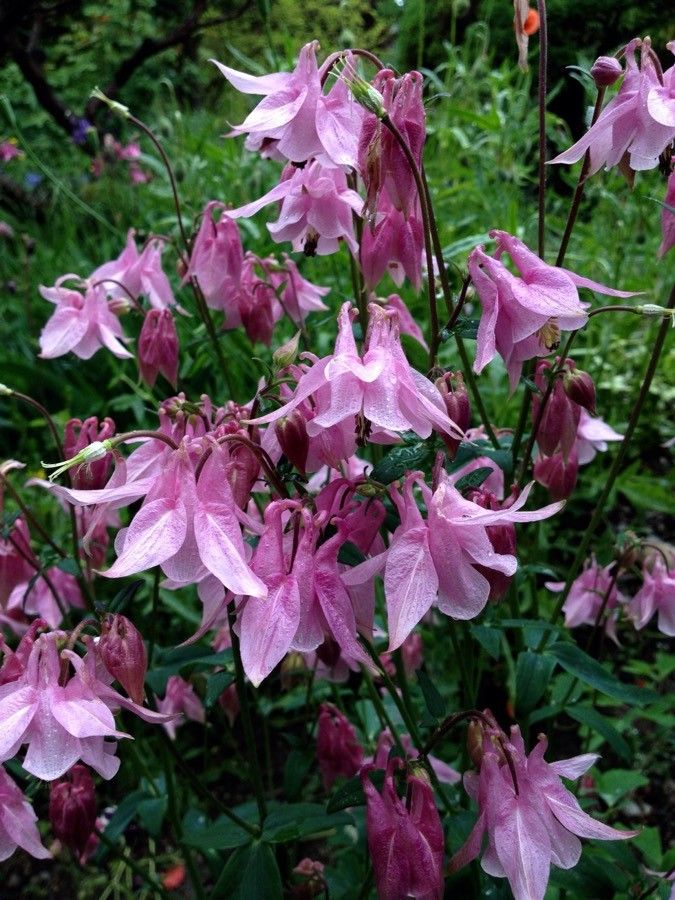## European Columbine: A Gardener's Delight
The European Columbine ( *Aquilegia vulgaris*) is a charming and enchanting perennial belonging to the Ranunculaceae family. Known for its delicate, bell-shaped flowers that dangle gracefully, this plant adds a touch of whimsical beauty to any garden. Its vibrant colors range from deep blues and purples to soft pinks, yellows, and whites, often with contrasting spurs and centers. This guide will provide you with all the necessary information to successfully cultivate this captivating wildflower in your own garden.
### Habitat and Growth
Native to Europe, the European Columbine thrives in a variety of conditions, demonstrating its adaptability. It prefers partial shade to full sun, making it versatile for various garden settings. While it can tolerate full sun, especially in cooler climates, it's essential to ensure adequate moisture, as intense sun can lead to wilting. It grows readily in moist, well-drained soil rich in organic matter, achieving heights of around 2-3 feet. Self-seeding is common, leading to delightful natural spreads, although some gardeners prefer to control this to maintain a desired aesthetic.
### Planting and Propagation
European Columbine can be propagated from seed, division, or cuttings. Seeds are best sown in autumn or early spring directly into the ground, as they require a period of cold stratification. For spring sowing, it's helpful to chill seeds in the refrigerator for several weeks prior to planting. Division is also a simple method, ideally carried out in spring or autumn. Dig up the established plant, carefully divide the root ball, and replant the sections in prepared soil.
### Care and Maintenance
Once established, European Columbine requires minimal care. Deadheading (removing spent flowers) encourages continued blooming and prevents self-seeding if desired. Regular watering is particularly important during dry periods, especially when plants are young or during extended hot spells. Mulching around the base of the plants helps retain moisture and suppress weeds. While relatively pest and disease resistant, Columbine can be susceptible to powdery mildew in humid conditions. Ensure good air circulation around the plants to mitigate this risk.
### Companion Plants
European Columbine pairs beautifully with other shade-loving plants, creating a stunning display. Consider planting it alongside ferns, hostas, and bleeding hearts for a harmonious and visually captivating garden arrangement. Its delicate flowers complement the textures and colors of these companions, creating a lush and vibrant border or woodland garden setting.
### Toxicity
It is crucial to remember that all parts of the European Columbine are toxic if ingested. Keep children and pets away from the plant. Always exercise caution when handling.
### Conclusion
The European Columbine is a rewarding addition to any garden. Its effortless charm and relatively low maintenance requirements make it a popular choice for gardeners of all levels. With a little care and attention, you can enjoy the enchanting beauty of its unique and captivating blossoms for years to come.
European Columbine: Planting & Care Guide

Frequently Asked Questions
How to grow European Columbine from seed?
Sow seeds in autumn or early spring directly into the ground. For spring sowing, consider cold stratification (chilling seeds for several weeks before planting).
What type of soil does European Columbine need?
European Columbine thrives in moist, well-drained soil rich in organic matter.


